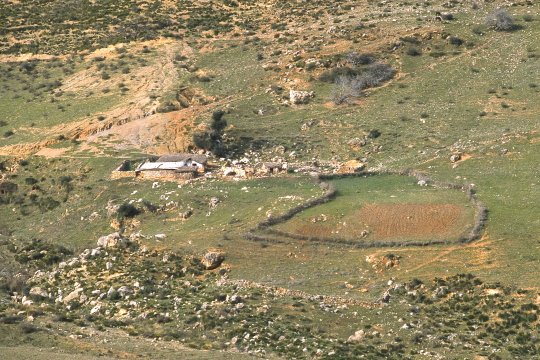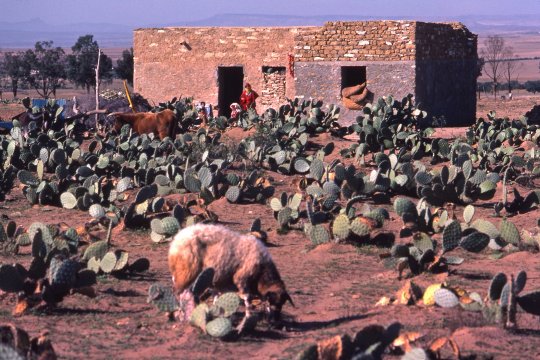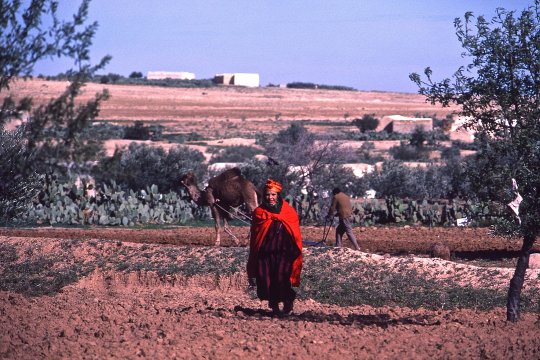|
John Tyman's Cultures in Context Series EGYPT and the SAHARA www.johntyman.com/sahara |
|
2.2 Indigenous Peoples : 070-082 |
| . |
|
John Tyman's Cultures in Context Series EGYPT and the SAHARA www.johntyman.com/sahara |
|
2.2 Indigenous Peoples : 070-082 |
| . |
 |
| .073. They usually combine herding with cultivation ... on terraced hillsides where water is available for irrigation, and/or taking advantage as here of winter rain. (Field near Constantine) |
 |
| .074. Those living further south, with less rain, water their gardens by hand, and graze livestock in semi-desert conditions. (South of Kairouan) |
 |
| .075. Cropping here is confined to winter, which is the rainy season in Mediterranean regions. The fields are bigger today but the techniques used have changed very little. (South of Kairouan) |

![]()
Text and photos by John Tyman
unless otherwise indicated.
Intended for Educational Use
Only.
Contact Dr. John Tyman at johntyman2@gmail.com
for more information regarding
licensing.
![]()
www.hillmanweb.com
Photo processing, Web page layout,
formatting and hosting by
William
Hillman ~ Brandon, Manitoba ~ Canada